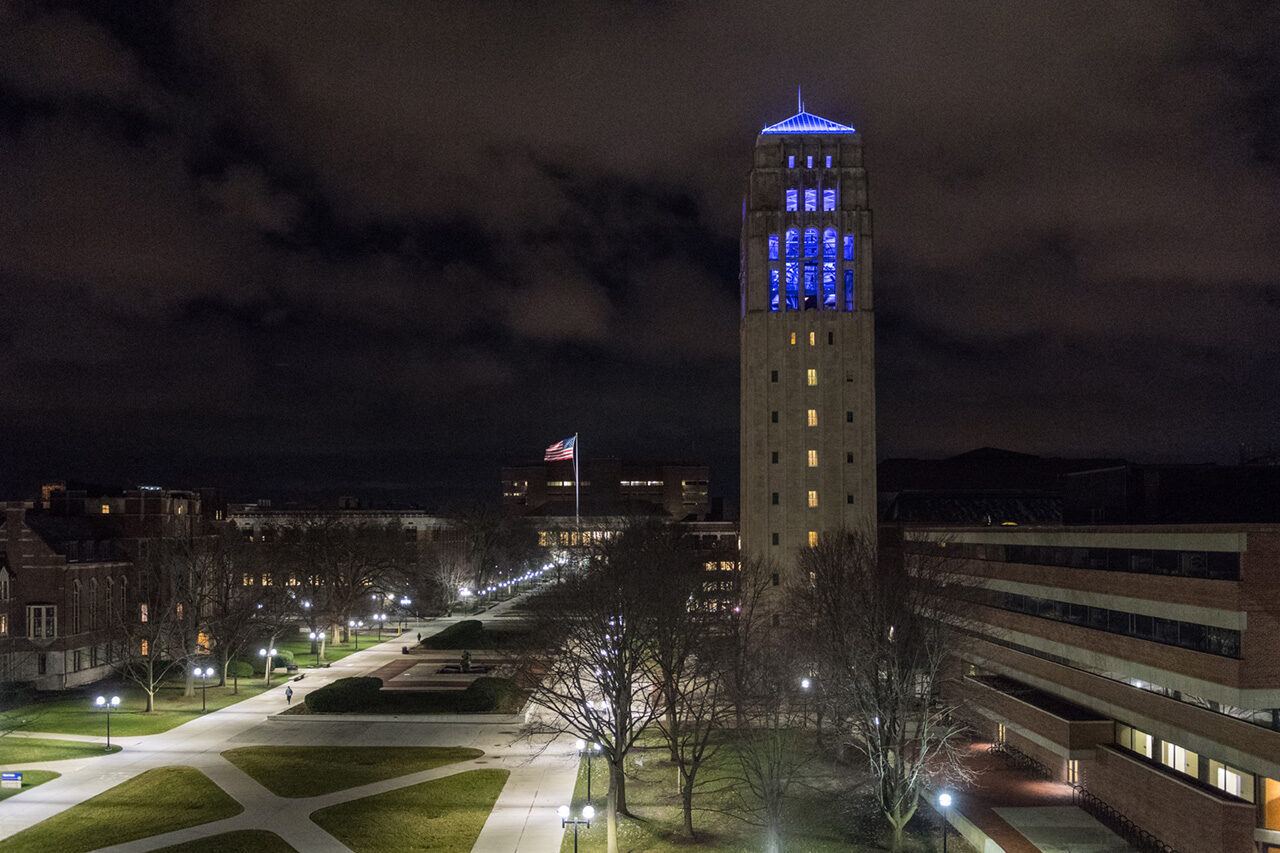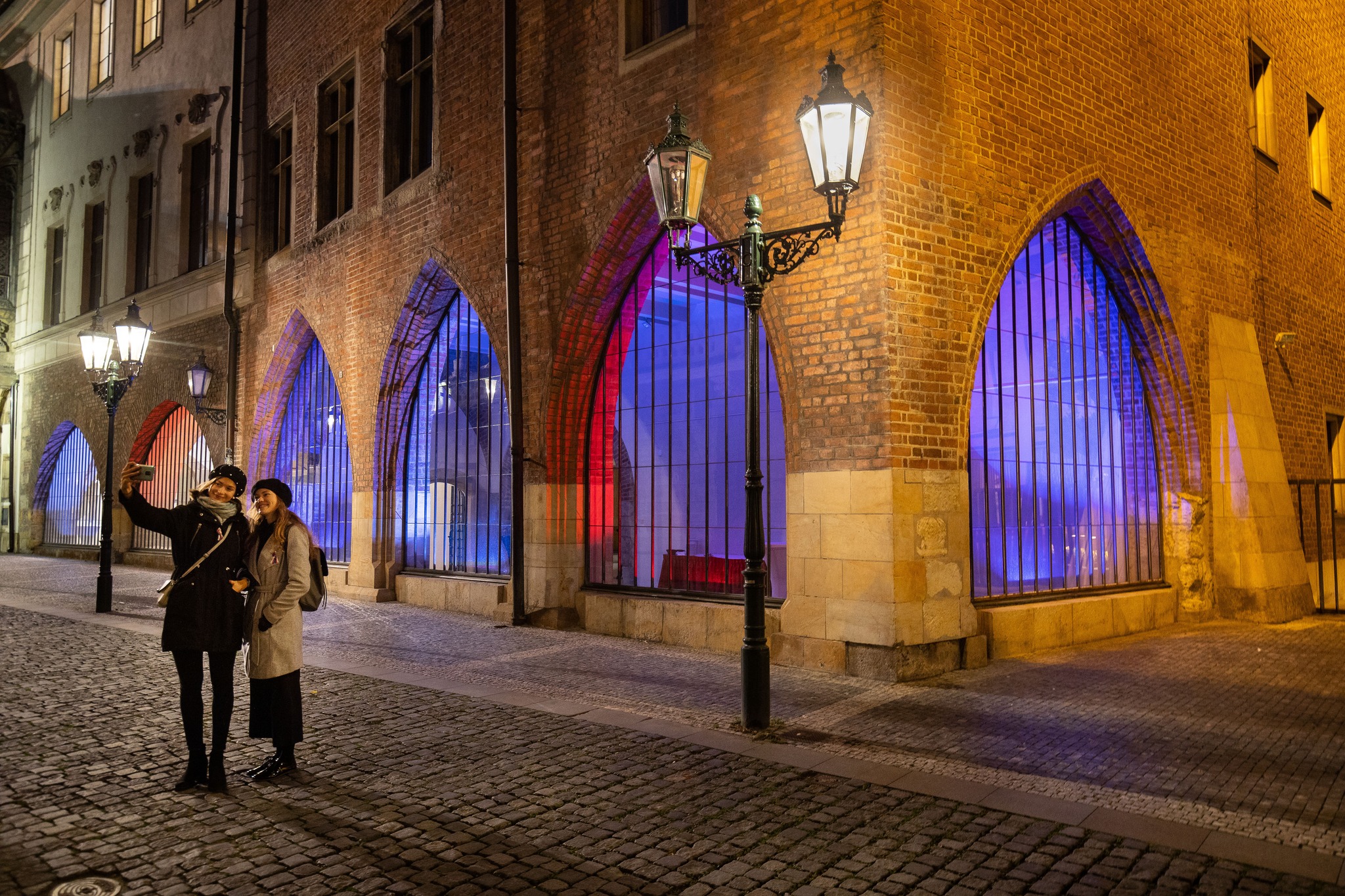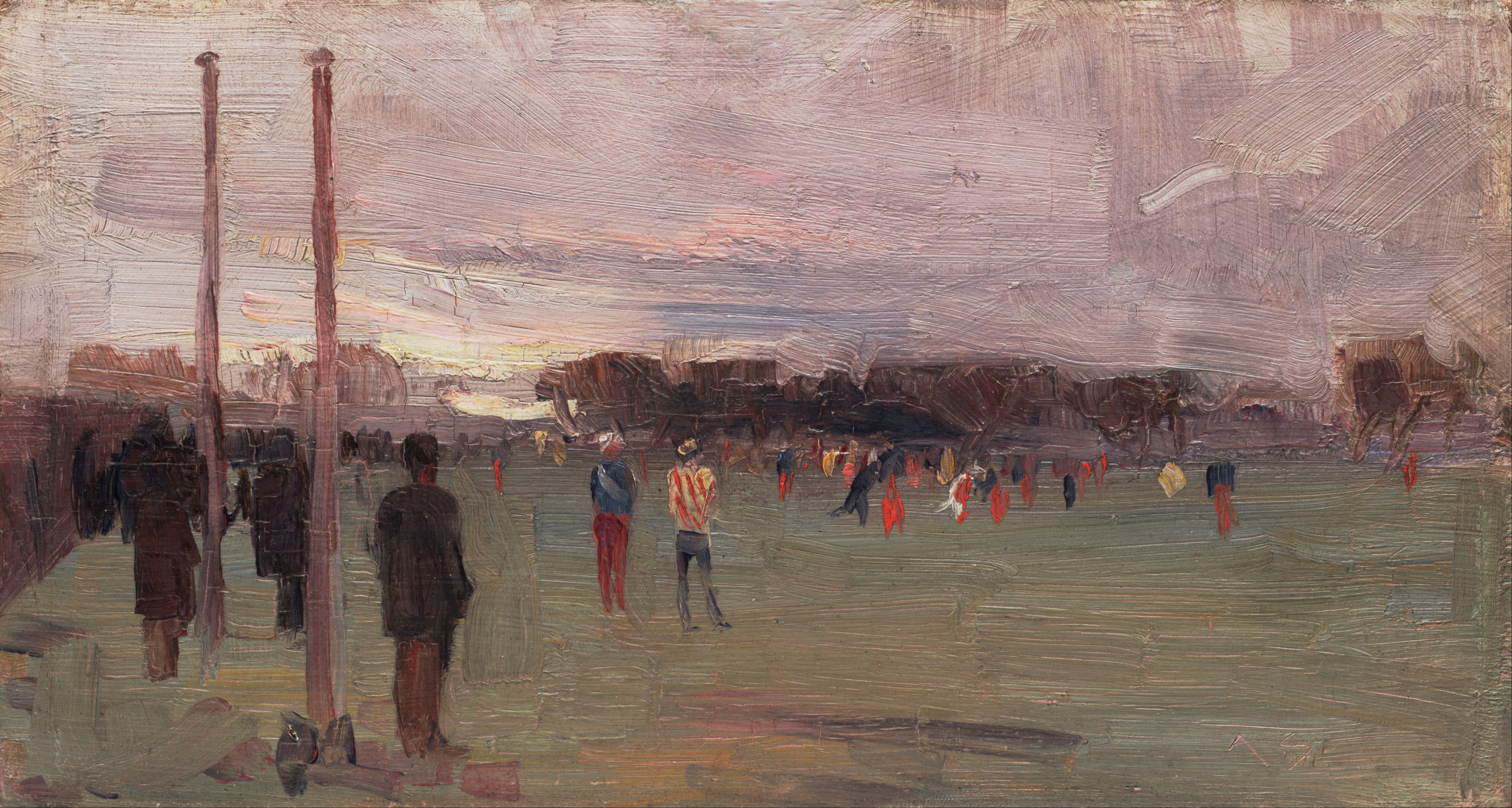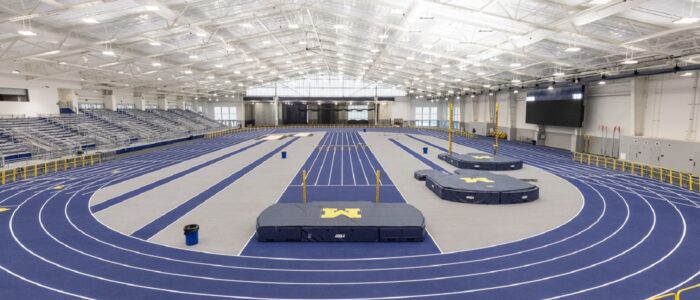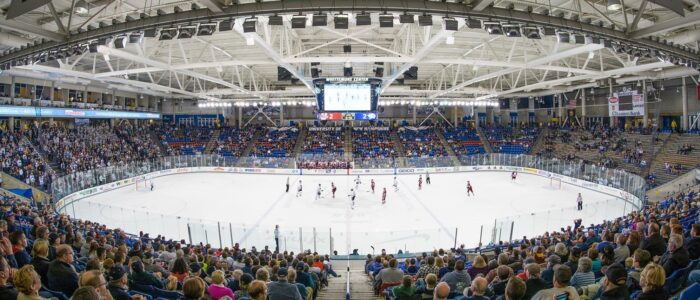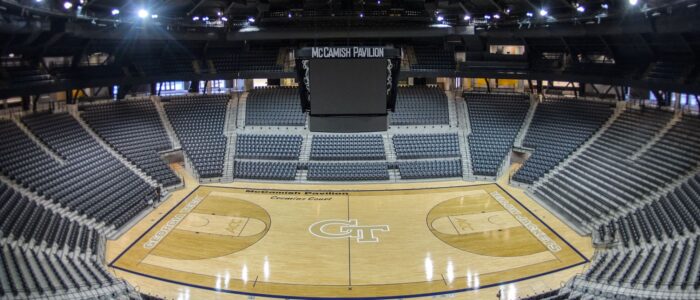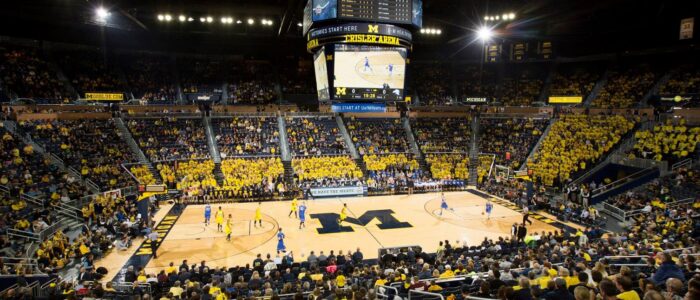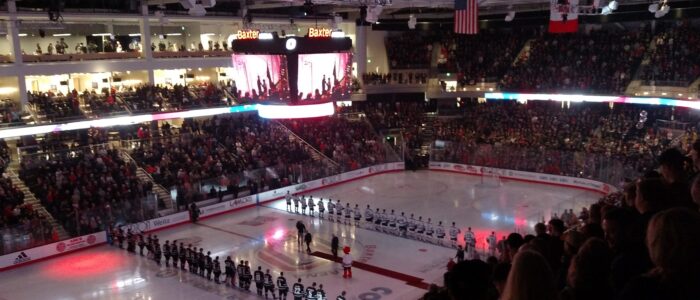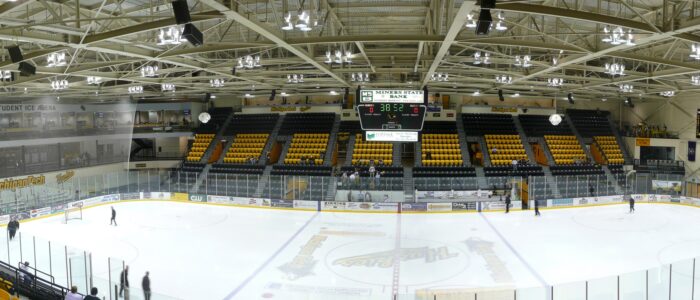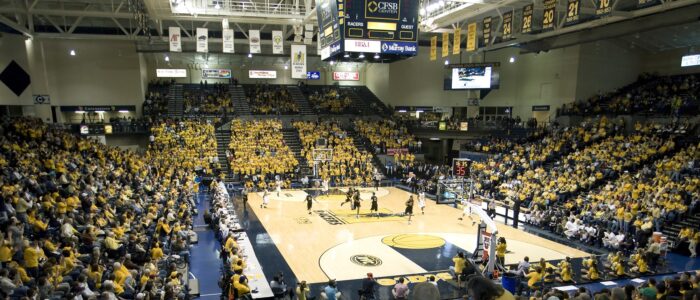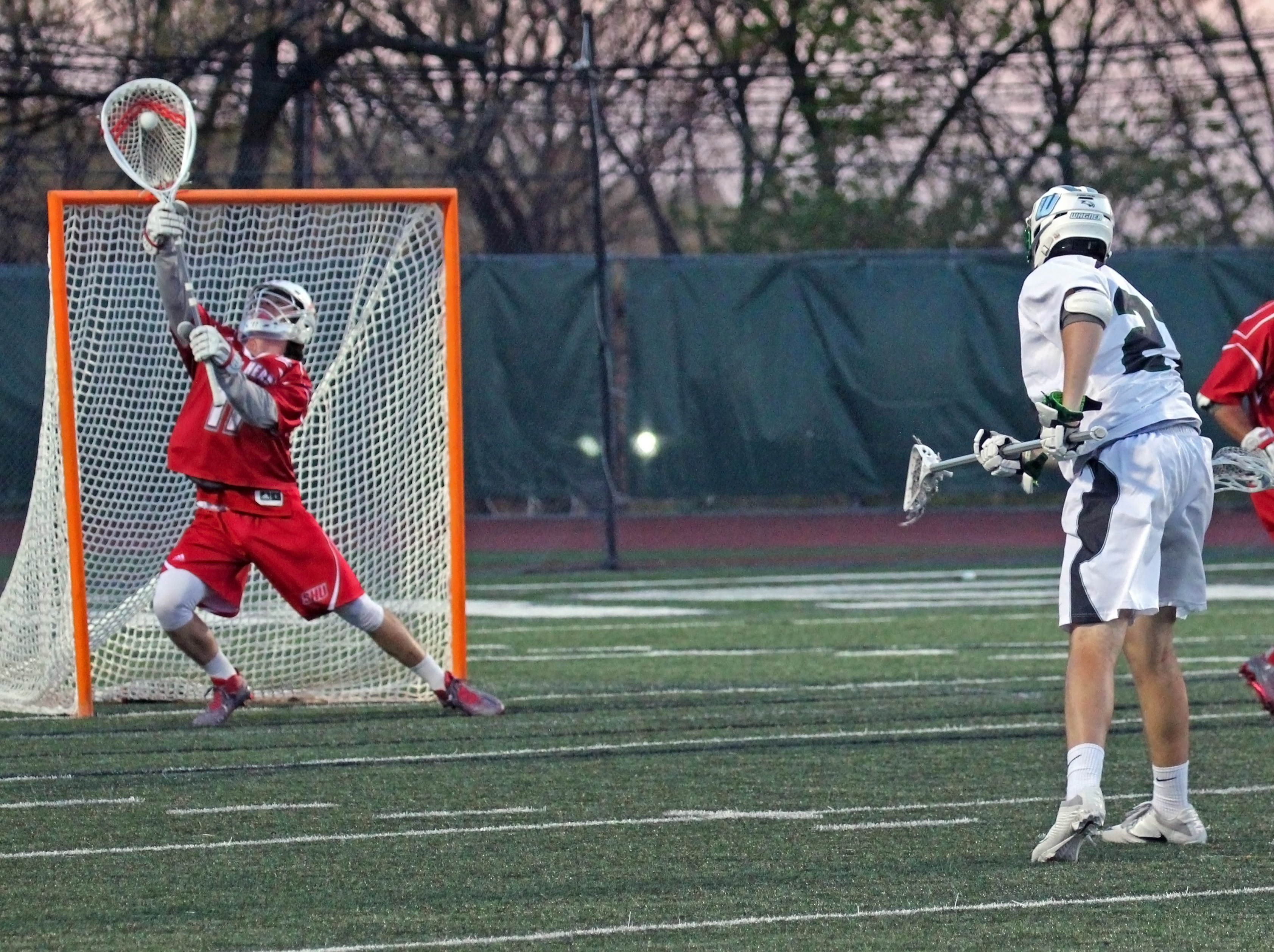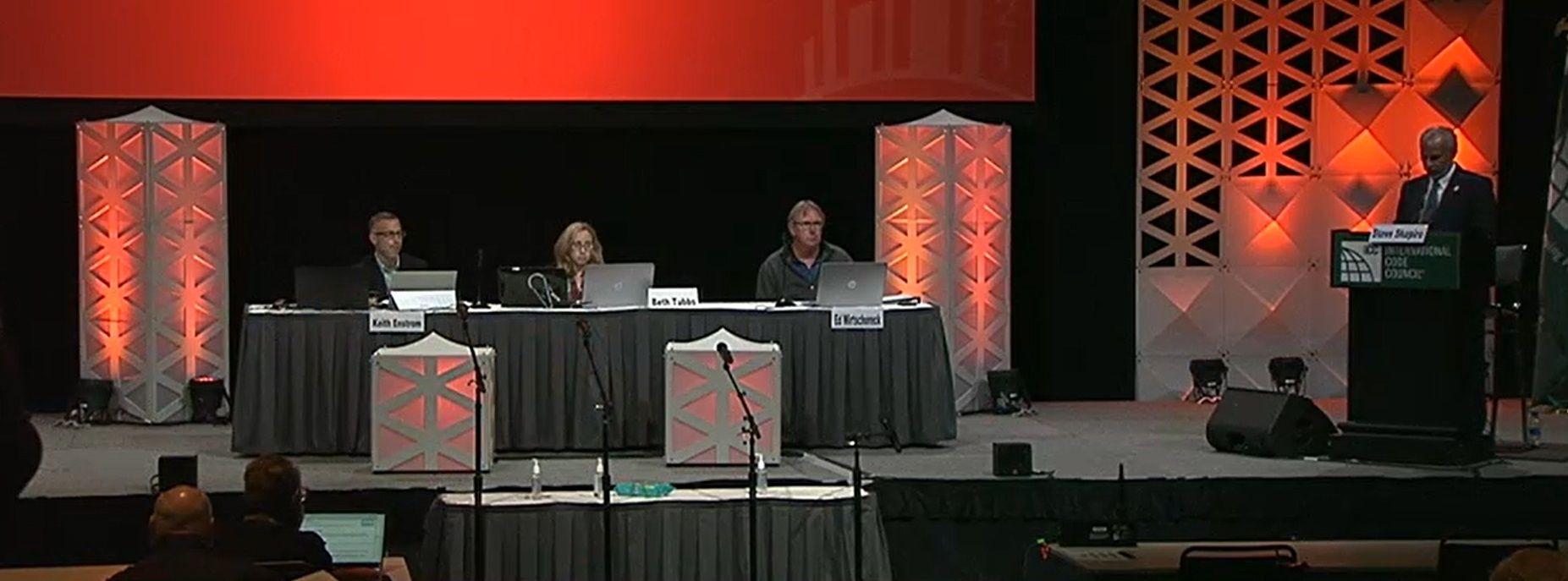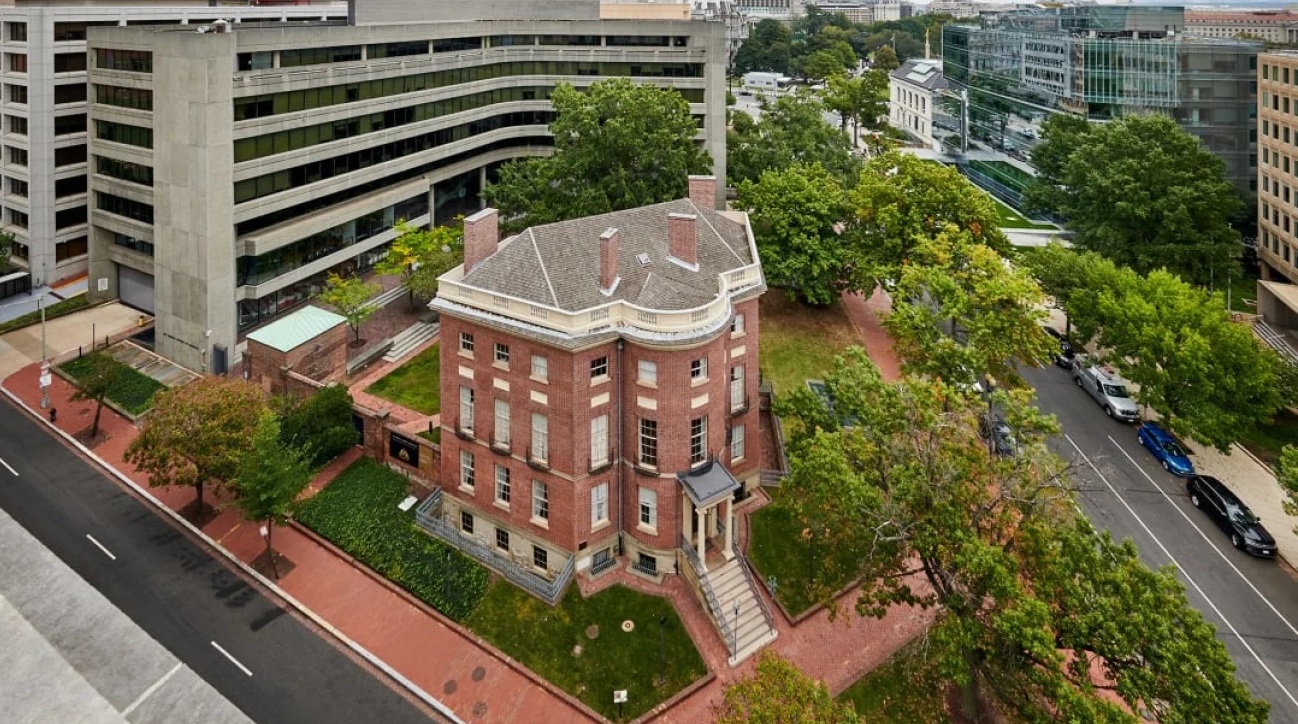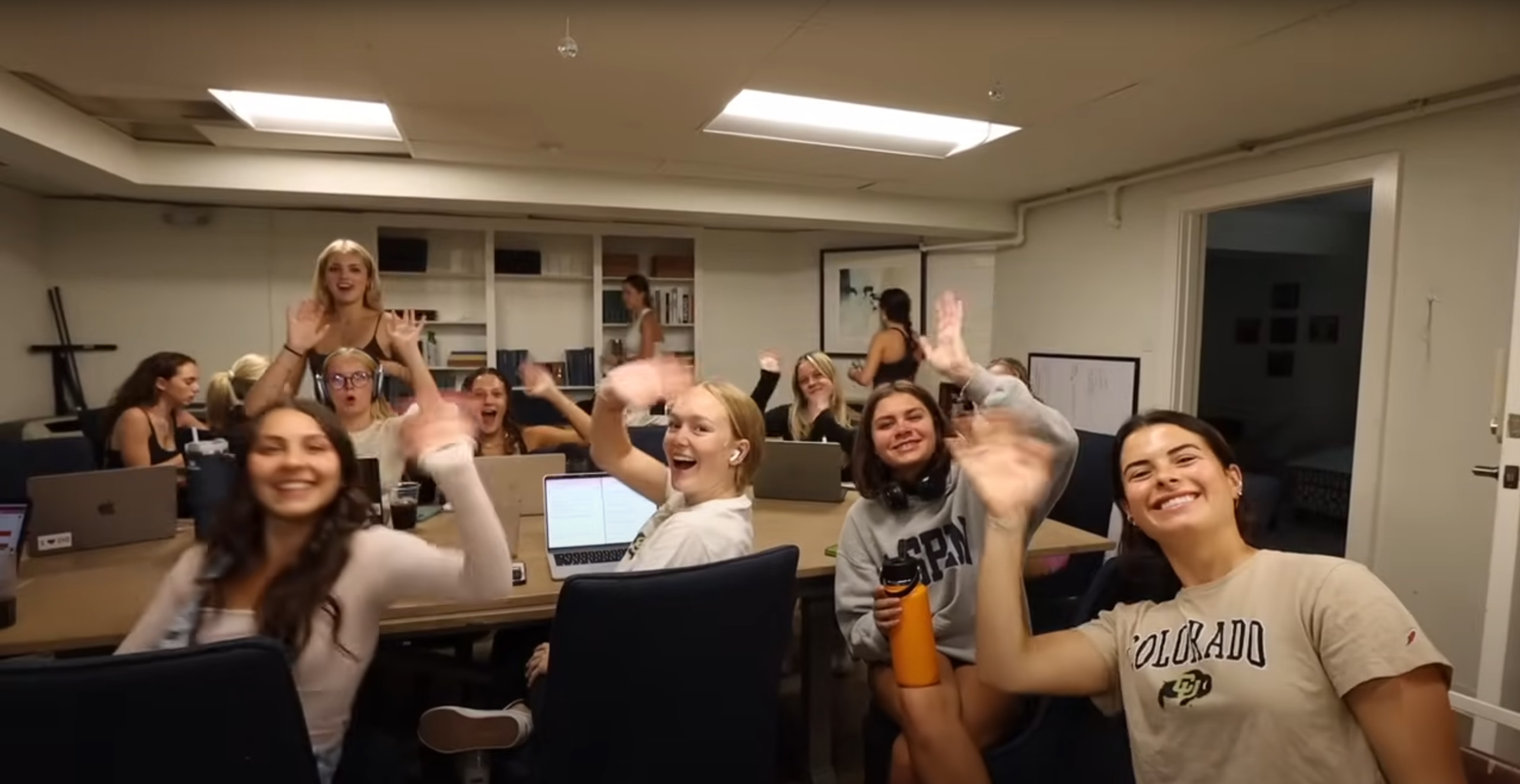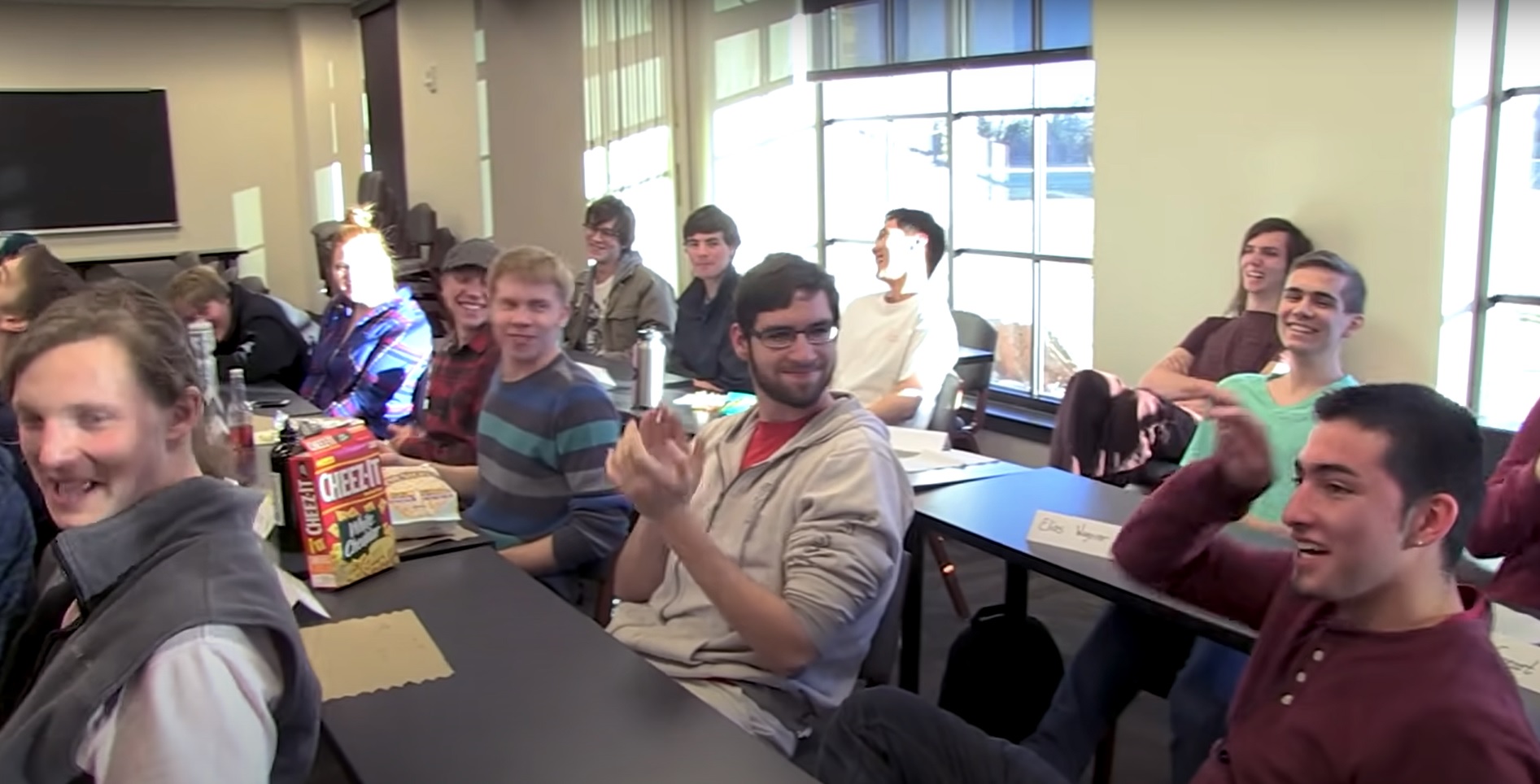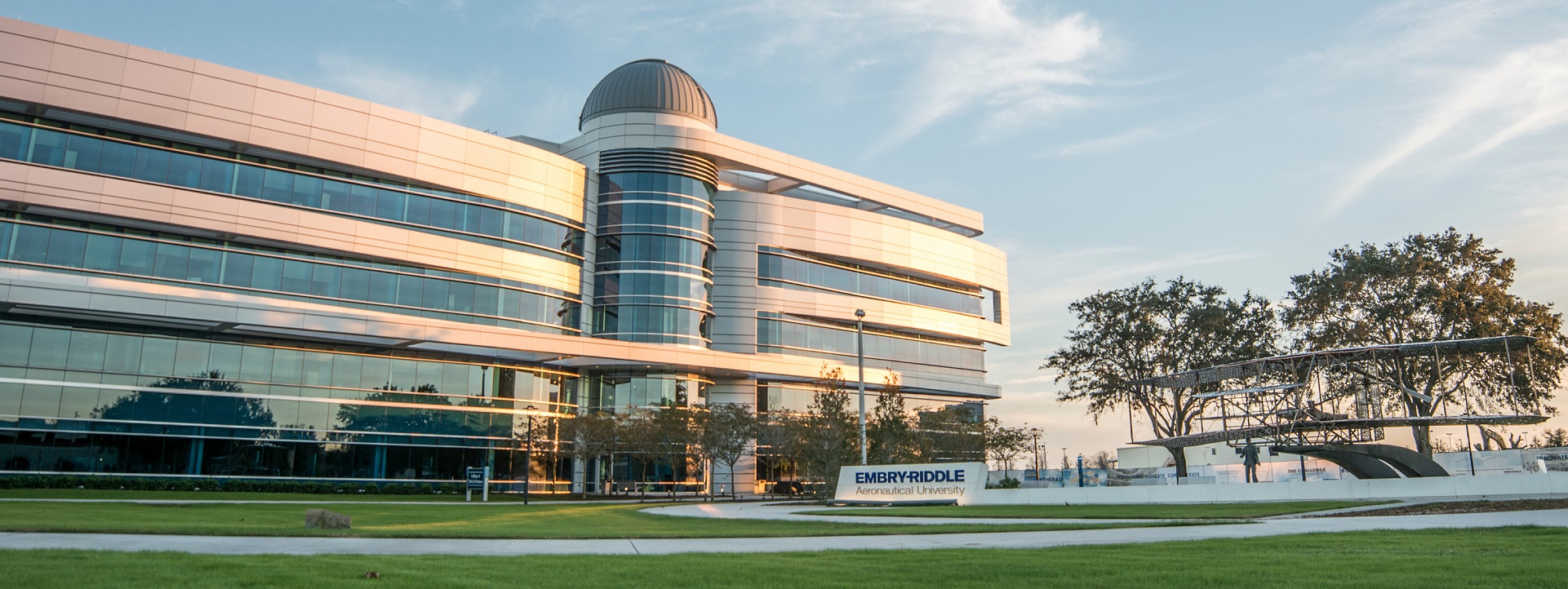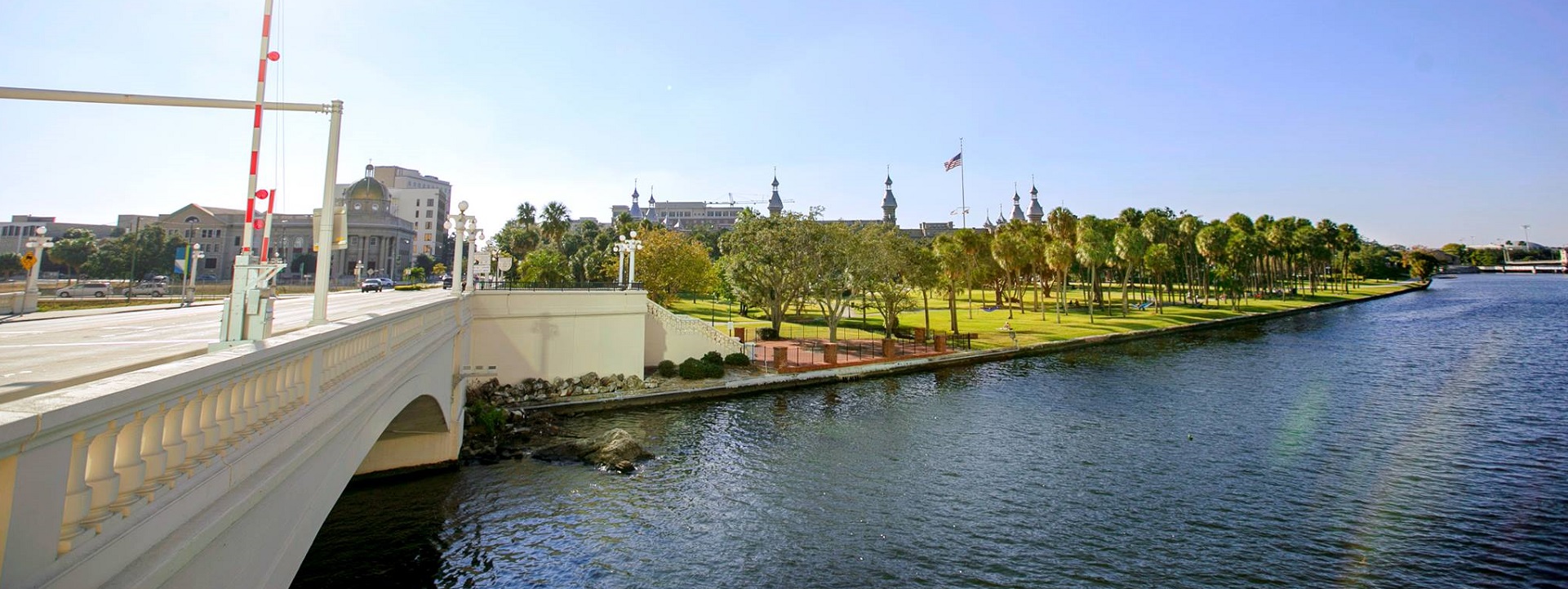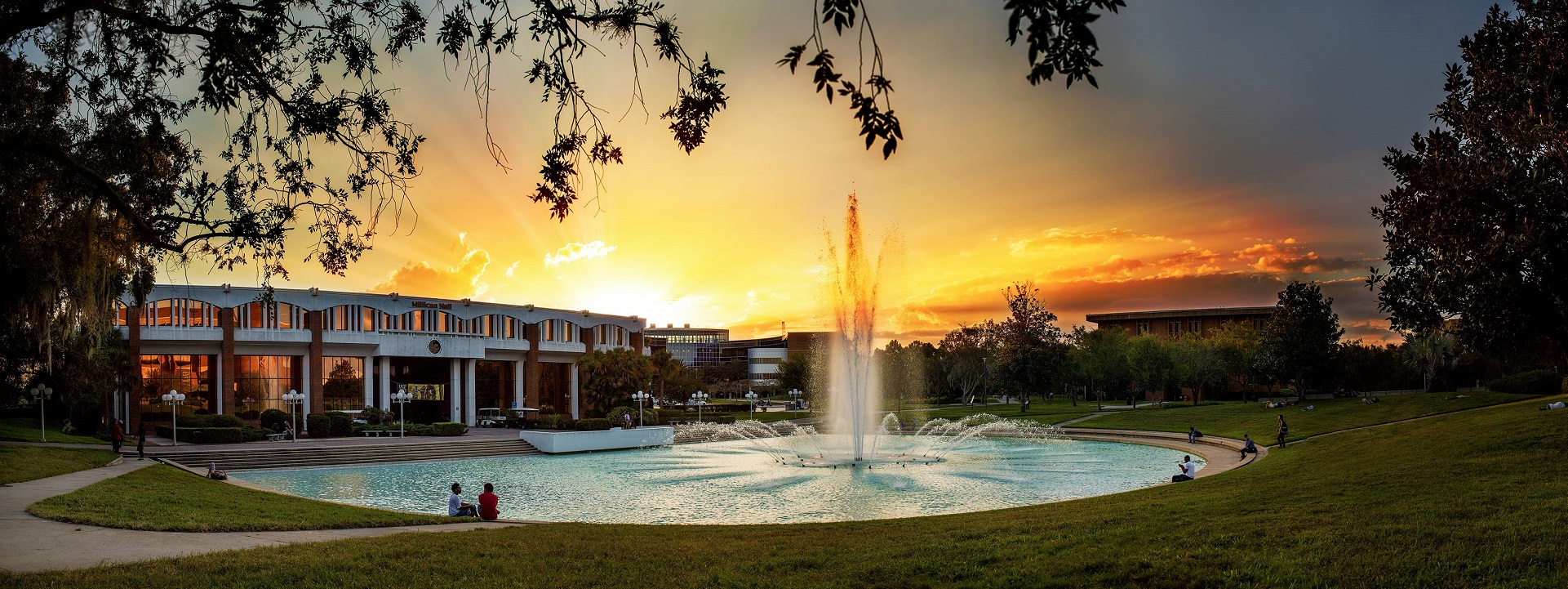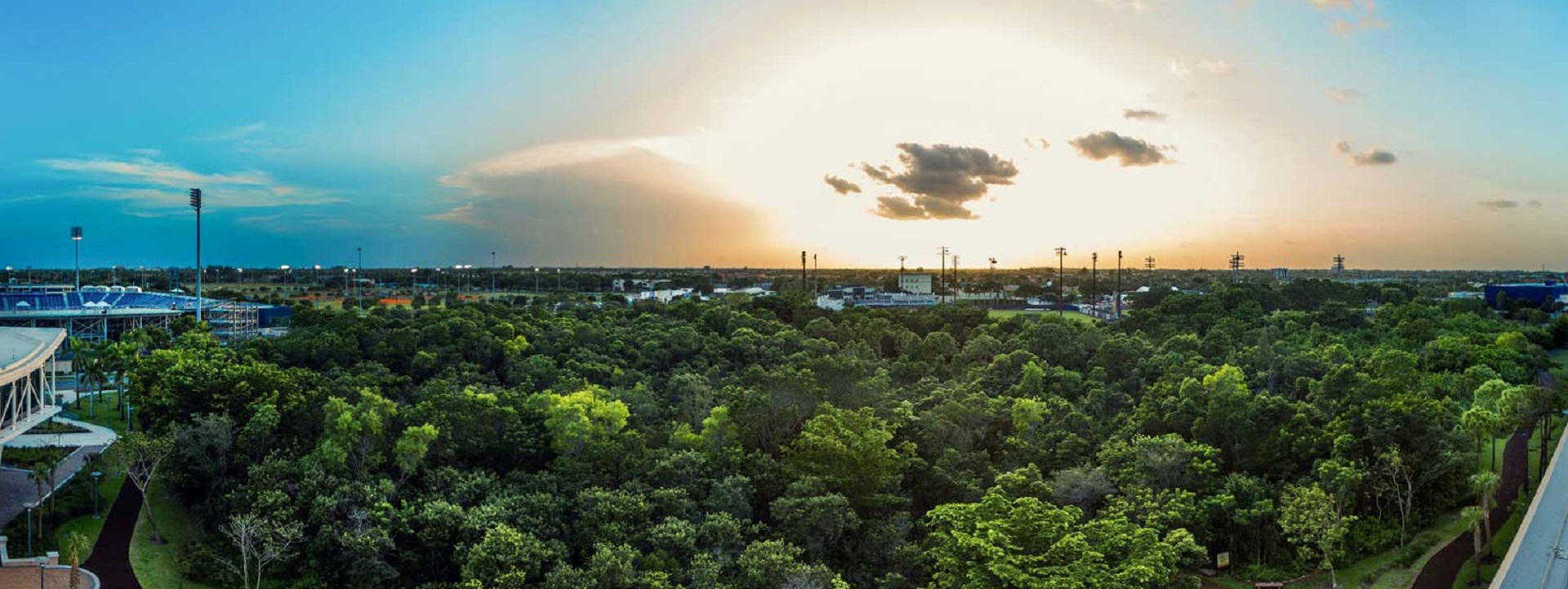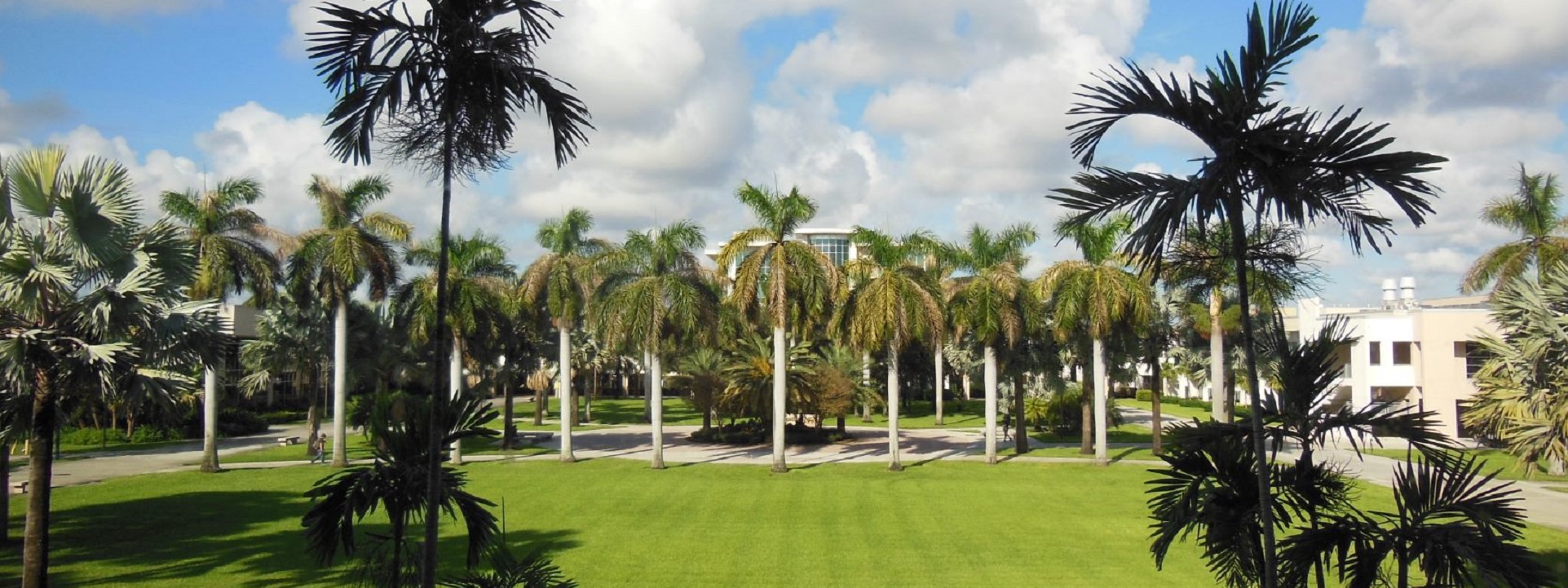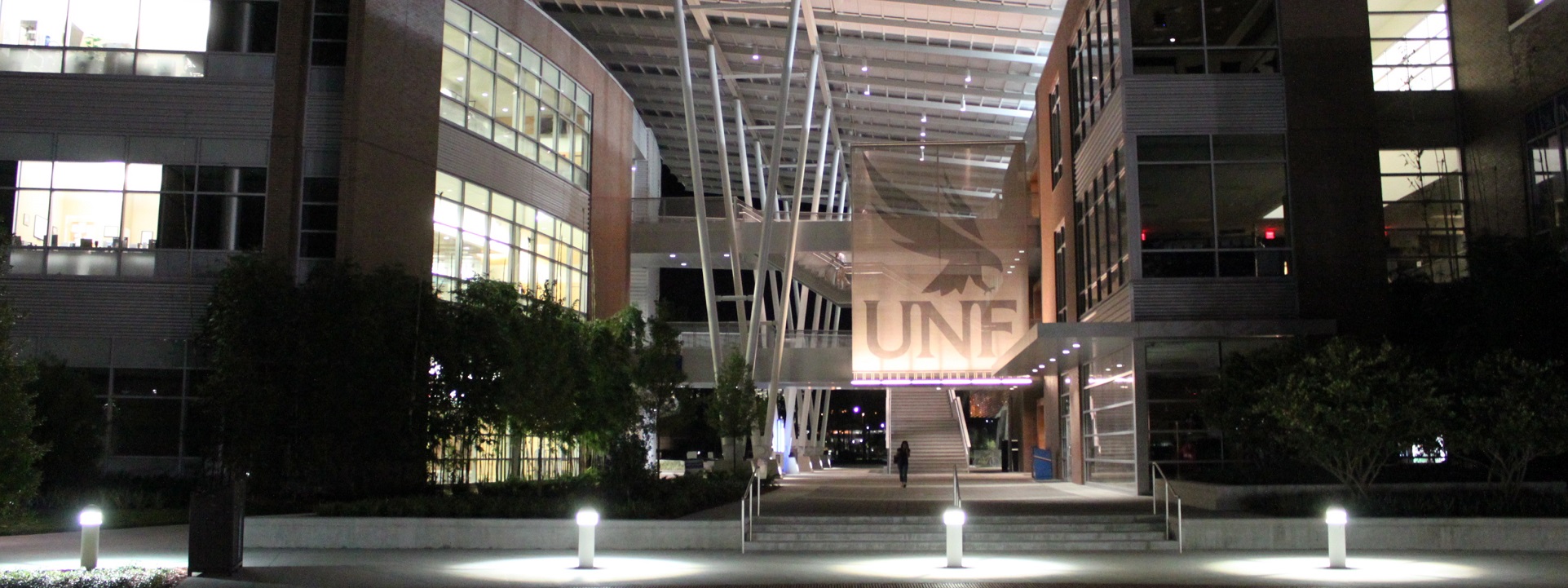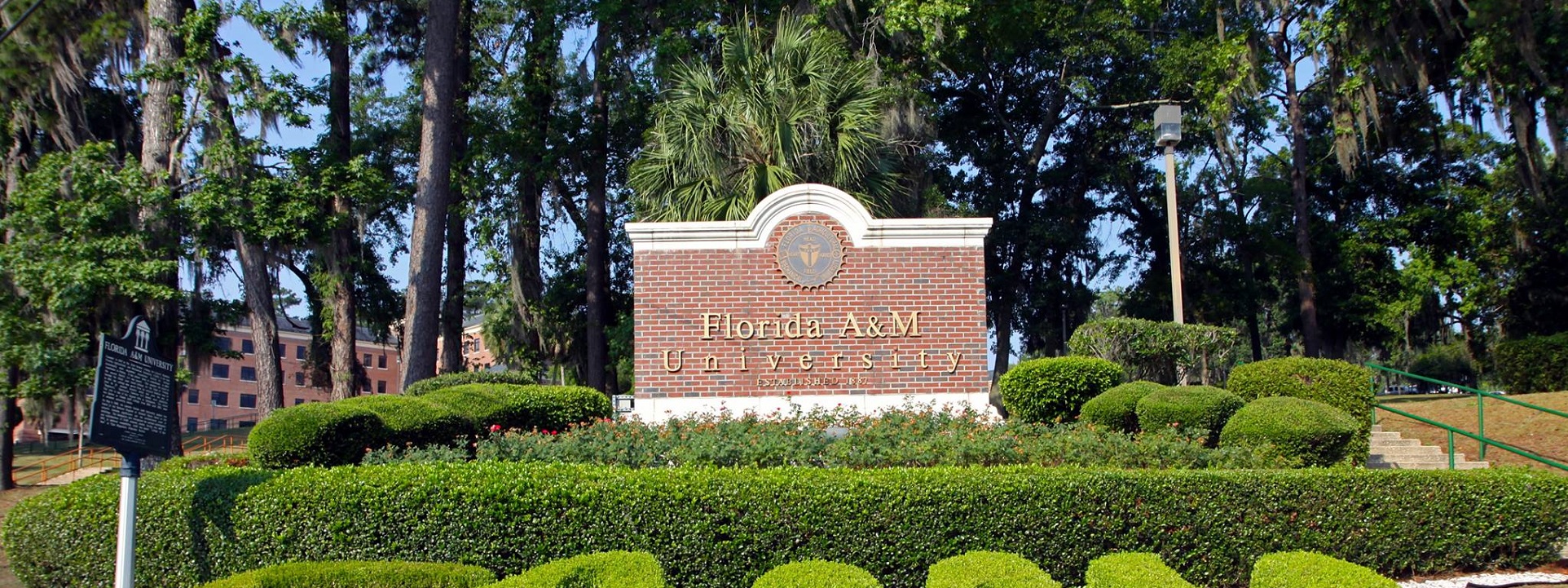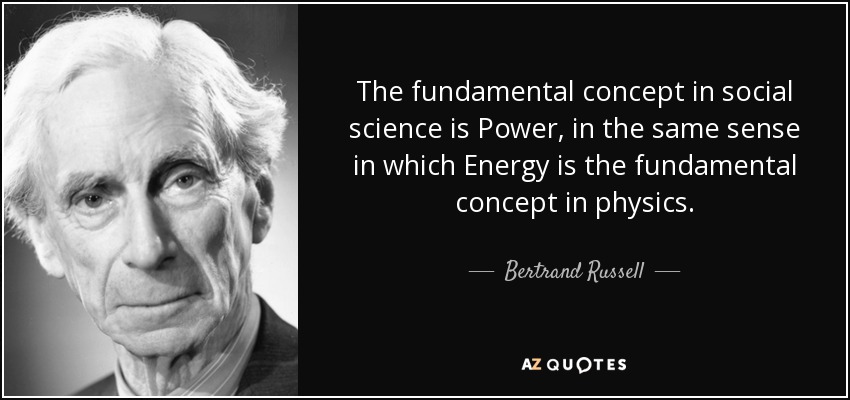Metrology is the scientific discipline that deals with measurement, including both the theoretical and practical aspects of measurement. It is a broad field that encompasses many different areas, including length, mass, time, temperature, and electrical and optical measurements. The goal of metrology is to establish a system of measurement that is accurate, reliable, and consistent. This involves the development of standards and calibration methods that enable precise and traceable measurements to be made.
The International System of Units is the most widely used system of units today and is based on a set of seven base units, which are defined in terms of physical constants or other fundamental quantities. Another important aspect of metrology is the development and use of measurement instruments and techniques. These instruments and techniques must be designed to minimize errors and uncertainties in measurements, and they must be calibrated against recognized standards to ensure accuracy and traceability.
Metrology also involves the development of statistical methods for analyzing and interpreting measurement data. These methods are used to quantify the uncertainty associated with measurement results and to determine the reliability of those results.








